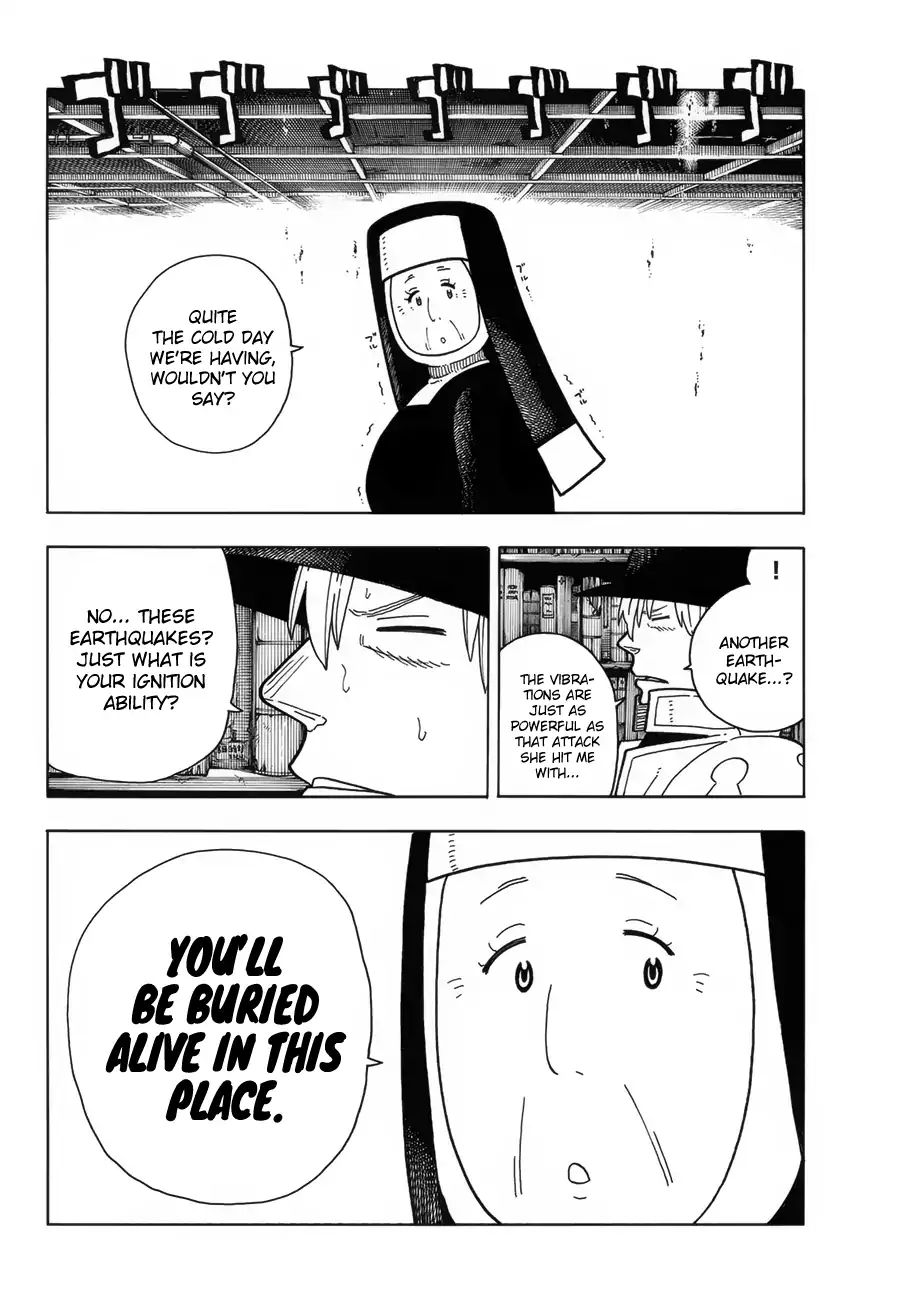


Over the next two to four months, the effects of the atomic bombings killed between 90,000 and 146,000 people in Hiroshima and 39,000 and 80,000 people in Nagasaki roughly half occurred on the first day. Three days later, a Fat Man was dropped on Nagasaki. On 6 August, a Little Boy was dropped on Hiroshima, to which Prime Minister Suzuki reiterated the Japanese government's commitment to ignore the Allies' demands and fight on. These targets were chosen because they were large urban areas that also held militarily significant facilities. The consent of the United Kingdom was obtained for the bombing, as was required by the Quebec Agreement, and orders were issued on 25 July by General Thomas Handy, the acting Chief of Staff of the United States Army, for atomic bombs to be used against Hiroshima, Kokura, Niigata, and Nagasaki. The Japanese government ignored the ultimatum. The Allies called for the unconditional surrender of the Imperial Japanese armed forces in the Potsdam Declaration on 26 July 1945, the alternative being "prompt and utter destruction". The 509th Composite Group of the United States Army Air Forces was trained and equipped with the specialized Silverplate version of the Boeing B-29 Superfortress, and deployed to Tinian in the Mariana Islands. By July 1945, the Allies' Manhattan Project had produced two types of atomic bombs: " Fat Man", a plutonium implosion-type nuclear weapon and " Little Boy", an enriched uranium gun-type fission weapon.
Read fire force 166 full#
The war in the European theatre concluded when Germany surrendered on, and the Allies turned their full attention to the Pacific War. This undertaking was preceded by a conventional and firebombing campaign that devastated 64 Japanese cities. In the final year of World War II, the Allies prepared for a costly invasion of the Japanese mainland. The Japanese government signed the instrument of surrender on 2 September, effectively ending the war. Japan surrendered to the Allies on 15 August, six days after the bombing of Nagasaki and the Soviet Union's declaration of war against Japan. The two bombings killed between 129,000 and 226,000 people, most of whom were civilians, and remain the only use of nuclear weapons in an armed conflict. The atomic bombings of Hiroshima and Nagasaki were the detonation of two atomic bombs over the Japanese cities of Hiroshima and Nagasaki on 6 and 9 August 1945 by the United States.


 0 kommentar(er)
0 kommentar(er)
